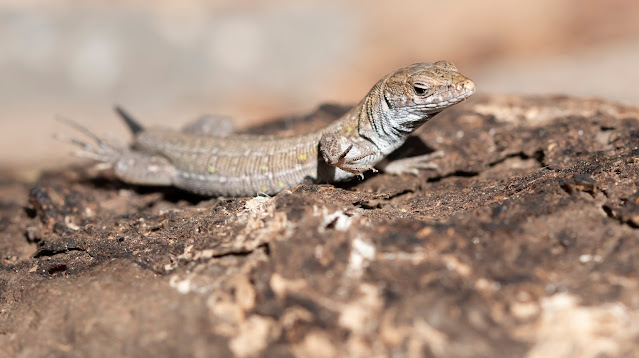2023 was certainly another really good year for the Long-tailed Blue butterfly in Sussex with 100s of the butterflies seen in the county, mostly in West Sussex, although East Sussex also had some activity. This is the first year that I have managed to record all 4 stages of the butterfly, although some was at home as I did rear through a couple of butterflies from eggs.
My good friend Pete had many eggs laid in his Newhaven garden, and not for the first time. The problem for him though, and of course, the developing larvae and butterflies is that in the late summer the sun no longer hits his garden, so the larvae die as they either suffer from cold, mildew, or are eaten by slugs and snails. With this in mind, he asked me if I would like to collect a few eggs to rear through at home.
I am always reluctant to try this, but as the life cycle is so quick, I thought I would try, and that way I could hopefully record the whole life cycle on camera.
Having said that, most of the images in this post were actually taken in the wild. One local site I found around 60 eggs on the Broad-leaved Everlasting Pea, so I kept visiting the area hoping to see adult butterflies. However, very few were actually seen at the site, so after emerging as butterflies, it appeared that most quickly left the area. However, what was particularly pleasing was finding several feeding larvae. This often takes place inside the flower, so is therefore not often seen, but on a couple of occasions Lisa and I found some on the leaves of the plant. Having found so many eggs, and seeing plenty of butterflies, the only stage that I couldn't really achieve in the wild was the pupa. This however, I was lucky to see with one of the ones I brought home from Pete's garden, where it pupated in amongst a leaf, after it had made a small silk purse to pupate in. The only other pupa I had was formed actually in a flower head. This I found as I was clearing out the flowers that had gone mouldy. This pupa was a lot smaller than the one in the leaf. I assumed that the larger one was a female and the smaller one, a male. However, they actually emerged on the same day and were both female. Once I had the 2 pupa I passed on the other developing larvae, probably 4 more, to another friend to continue with the rearing, as I was soon to be away in Scotland, so I wouldn't be able to look after them properly.
As far as the adult butterflies went, I managed some lovely fresh male photos in Seaford, as well as plenty of more worn individuals in West Sussex. An egg laying female was also photographed in Seaford, and the 2 emerged females that were reared were beautiful, but very hard to photograph in the poor light I had at the time. What was interesting was both of the females very quickly took flight and both flew away strongly, despite the poor weather, in a southerly direction, heading straight for the sea. Of course, I do not know if they kept flying straight out to sea, or if they paused to feed up before migrating south. The other interesting thing was the size difference in the pupa followed through to the adults, with one being very much smaller than the other one despite them both being female.
Long-tailed Blue ova.
Long-tailed Blue larva.
Feeding Long-tailed Blue larva.
Long-tailed Blue larva.
Long-tailed Blue larvae (reared).

Long-tailed Blue pupa (reared).
Long-tailed Blue pupa 8 days later (reared).
The female Long-tailed Blue that was seen laying the ova on picture one.
(Also note the feeding damage from larvae on the leaf to the right of the butterfly).
Fresh Male Long-tailed Blue.
Fresh Male Long-tailed Blue.
Two Long-tailed Blue feeding on Broad-leaved Everlasting Pea flower.
The larger Female Long-tailed Blue (reared).
The smaller Female Long-tailed Blue (reared).
Female Long-tailed Blue just before flying away (reared).
.jpg)





.jpg)

.jpg)








%20-%20Copy.jpg)

%20-%20Copy.jpg)






























.jpg)








